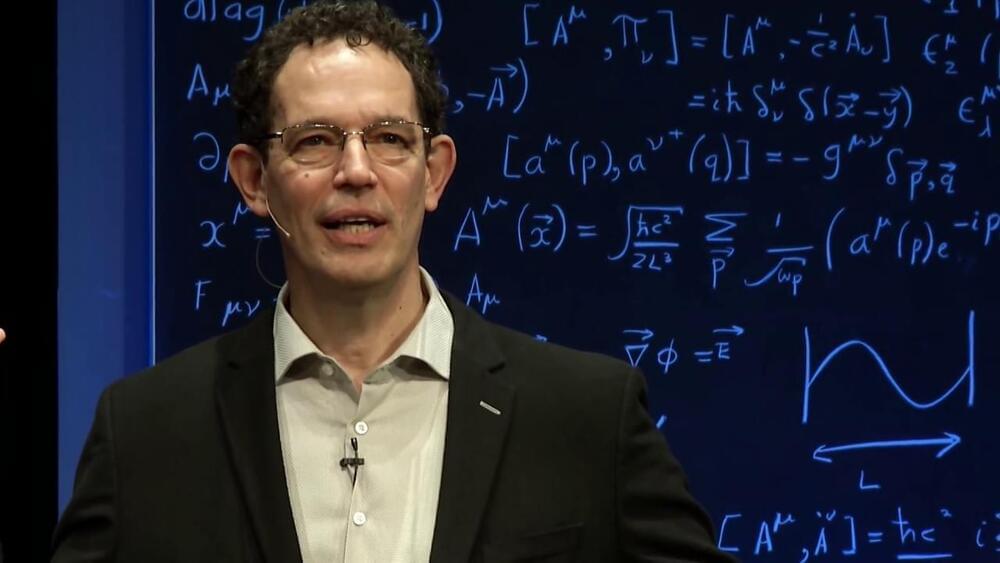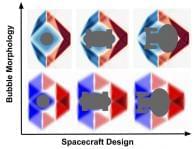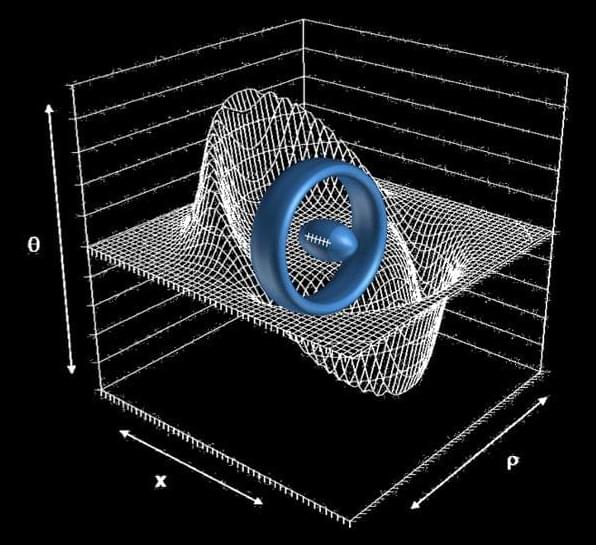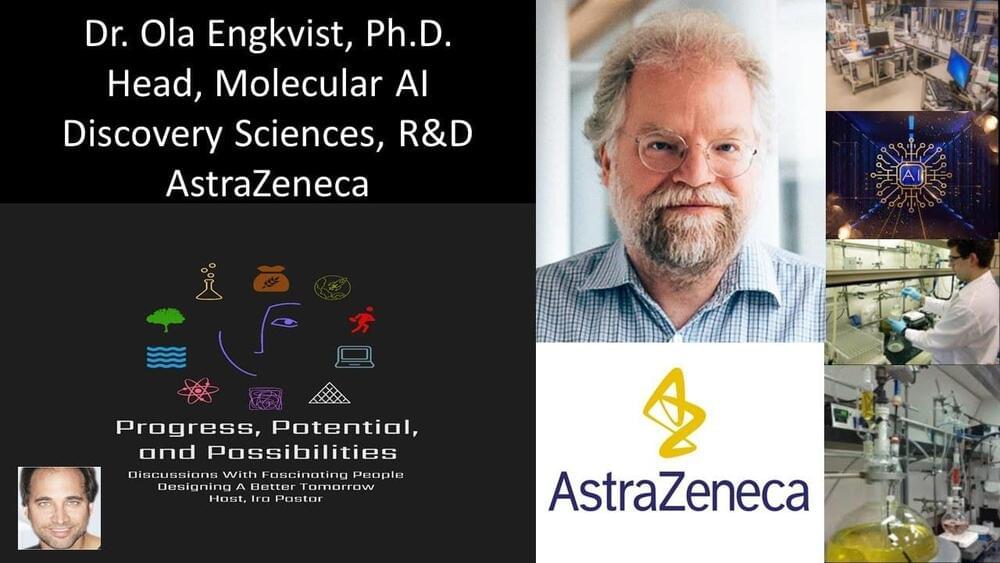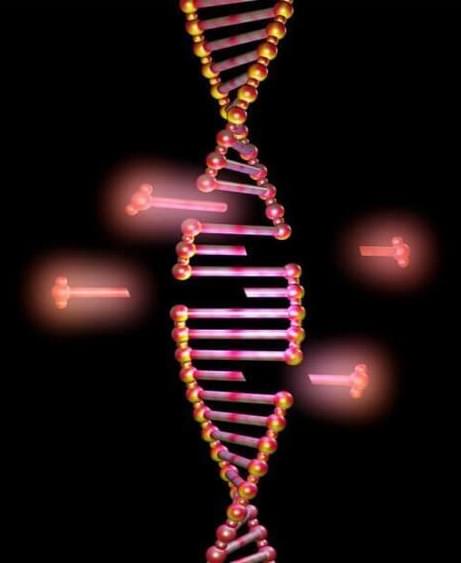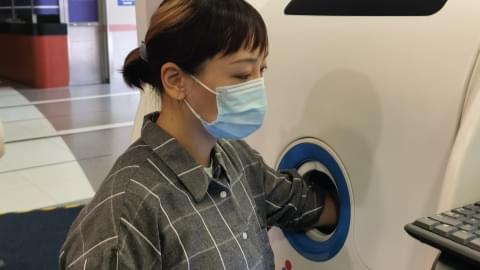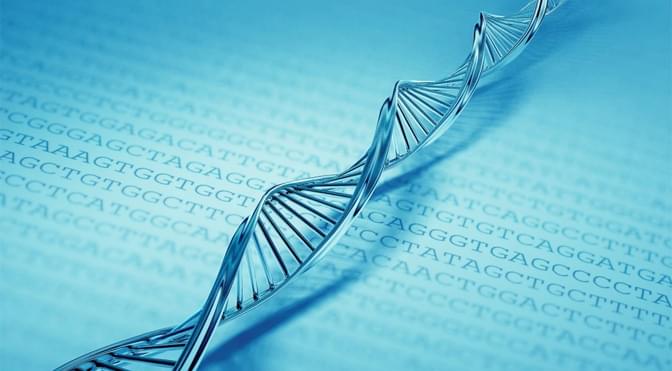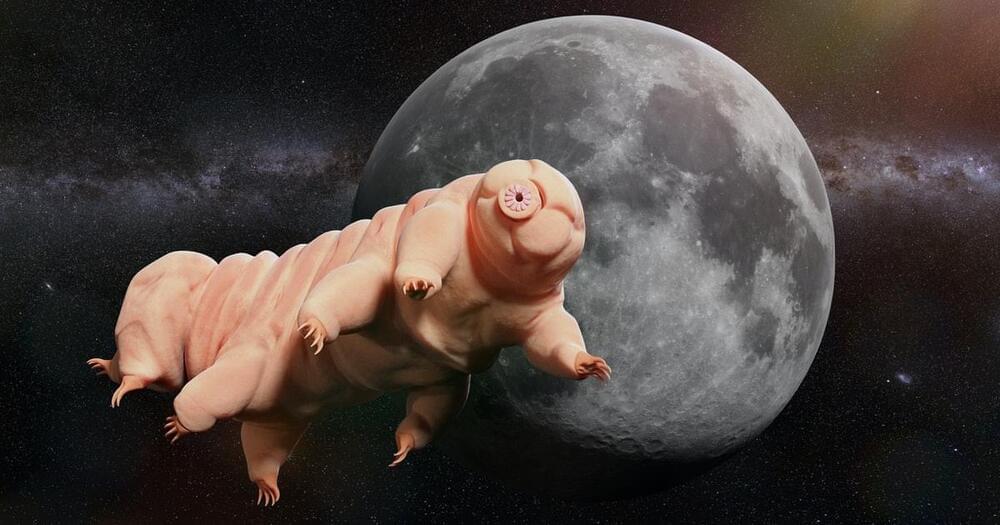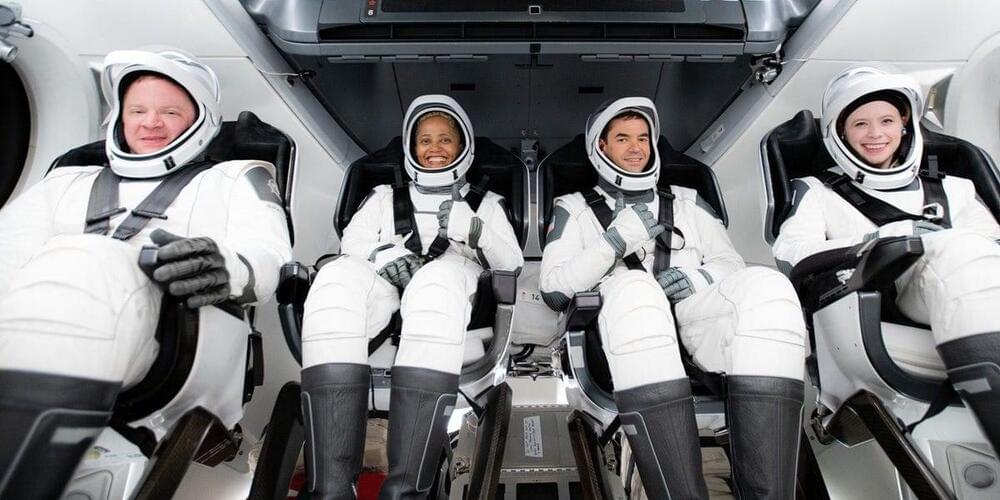Sep 19, 2021
Neil Turok Public Lecture: The Astonishing Simplicity of Everything
Posted by Alan Jurisson in categories: information science, particle physics
On Oct. 7 2015, Perimeter Institute Director Neil Turok opened the 2015/16 season of the PI Public Lecture Series with a talk about the remarkable simplicity that underlies nature. Turok discussed how this simplicity at the largest and tiniest scales of the universe is pointing toward new avenues of physics research and could lead to revolutionary advances in technology.
Perimeter Institute (charitable registration number 88,981 4323 RR0001) is the world’s largest independent research hub devoted to theoretical physics, created to foster breakthroughs in the fundamental understanding of our universe, from the smallest particles to the entire cosmos. The Perimeter Institute Public Lecture Series is made possible in part by the support of donors like you. Be part of the equation: https://perimeterinstitute.ca/inspiring-and-educating-public.
Continue reading “Neil Turok Public Lecture: The Astonishing Simplicity of Everything” »
